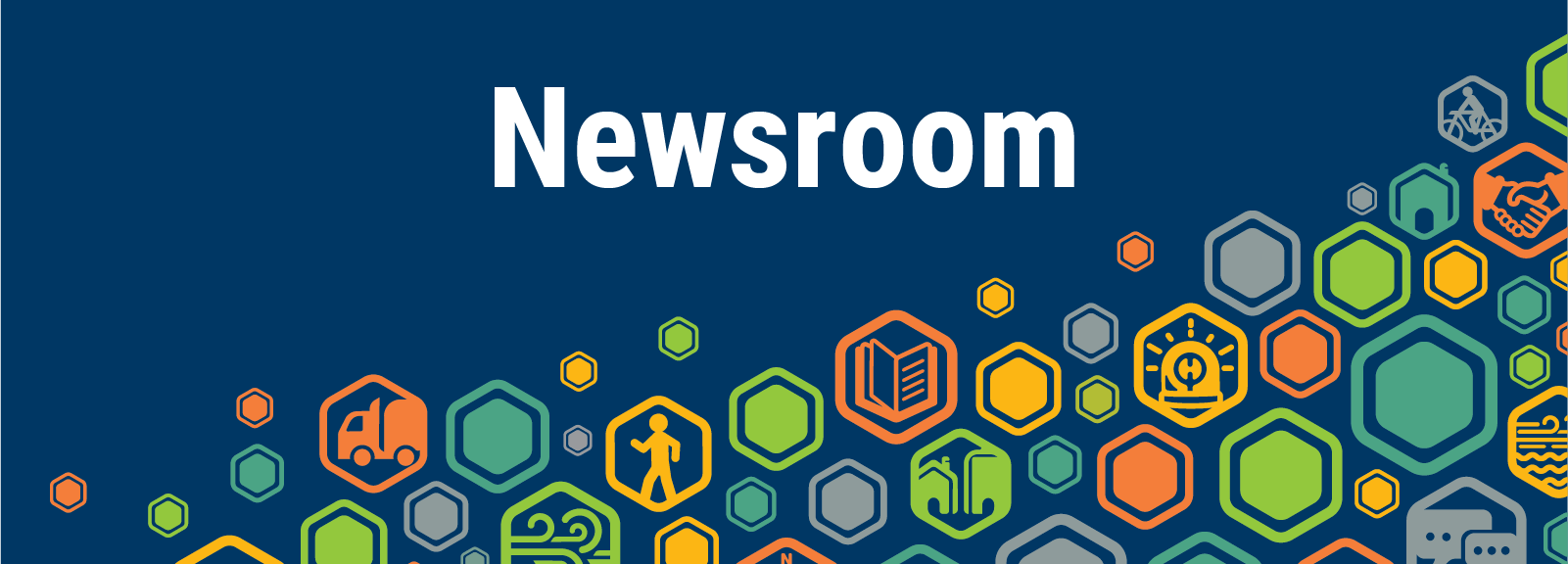
BALTIMORE, MD (July 21, 2020) – The Baltimore Metropolitan Council (“BMC”) officially launched its Baltimore Regional Recovery Dashboard to help policymakers understand and track the impacts of COVID-19 on the seven county metropolitan area. Hosted on BMC’s website, the dashboard features data from across the organization’s areas of focus, including unemployment claims, impacted industries and transportation ridership. The dashboard utilizes Tableau, a data visualization tool, to provide information in an interactive format.
“To effectively combat this crisis across our region and state, it’s critical that leaders have the ability to look at the full picture and have the best data available to plan for our ongoing response — as well as our recovery,” said Baltimore County Executive and BMC Board Chair Johnny Olszewski. “This new dashboard will serve as a wide-angle lens, providing a range of data to help inform our long-term strategies so that we can emerge as a stronger, more resilient, and greater Baltimore.”
The dashboard presents unemployment insurance claims for all U.S. states, Maryland counties, and Maryland counties by industry at the 2-digit NAICS code level. Additional charts provide data on the sectors most exposed to economic impacts from COVID-19. “Exposed” sectors include those that have experienced significant reductions in demand, such as restaurants and bars, travel and transportation, entertainment, personal services, as well as certain types of retail and manufacturing. These dashboards compare the most exposed sectors across jobs, gross regional product, payrolled business locations, and median hourly wages.
The data shows, for example, that the Baltimore region is reliant on a larger share of exposed sector employment within its economy than its neighbors to the south in the Capital region. This suggests that the economic impact of the pandemic may be more acute in greater Baltimore than other regions with more diversified economies.
“COVID-19 has taken a toll on our region’s residents and threatens to have a protracted impact on our economy,” said BMC Executive Director Michael B. Kelly. “As a planning organization, our goal is to present the data and bring together the partners to frame our post-pandemic future.”
The dashboard also displays transportation data, including regional transit ridership and the percentage of people staying home by county. As of early July, transit ridership was still down 60% year over year, though it had improved from the low point of nearly -78% in late April. Similarly, Maryland Transportation Institute data shows that Baltimore City and Howard County residents stayed home at significantly higher rates than their counterparts in Queen Anne’s and Carroll Counties in the first week of July. The fewer people traveling has a corresponding impact on economic activity, such as retail and restaurant sales.
In the coming weeks, BMC aims to add additional data points around new building permits, as well as housing delinquencies and homelessness.
